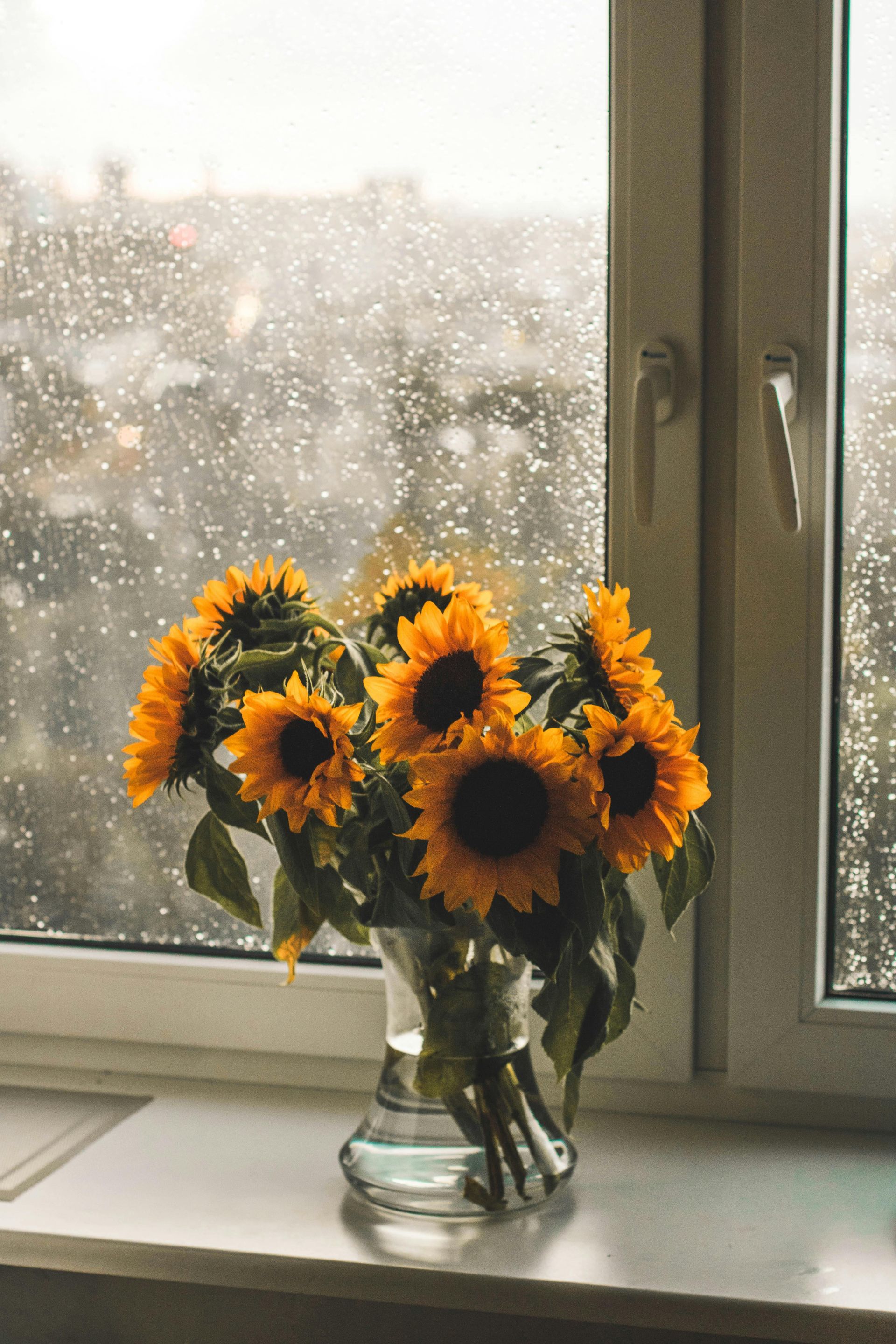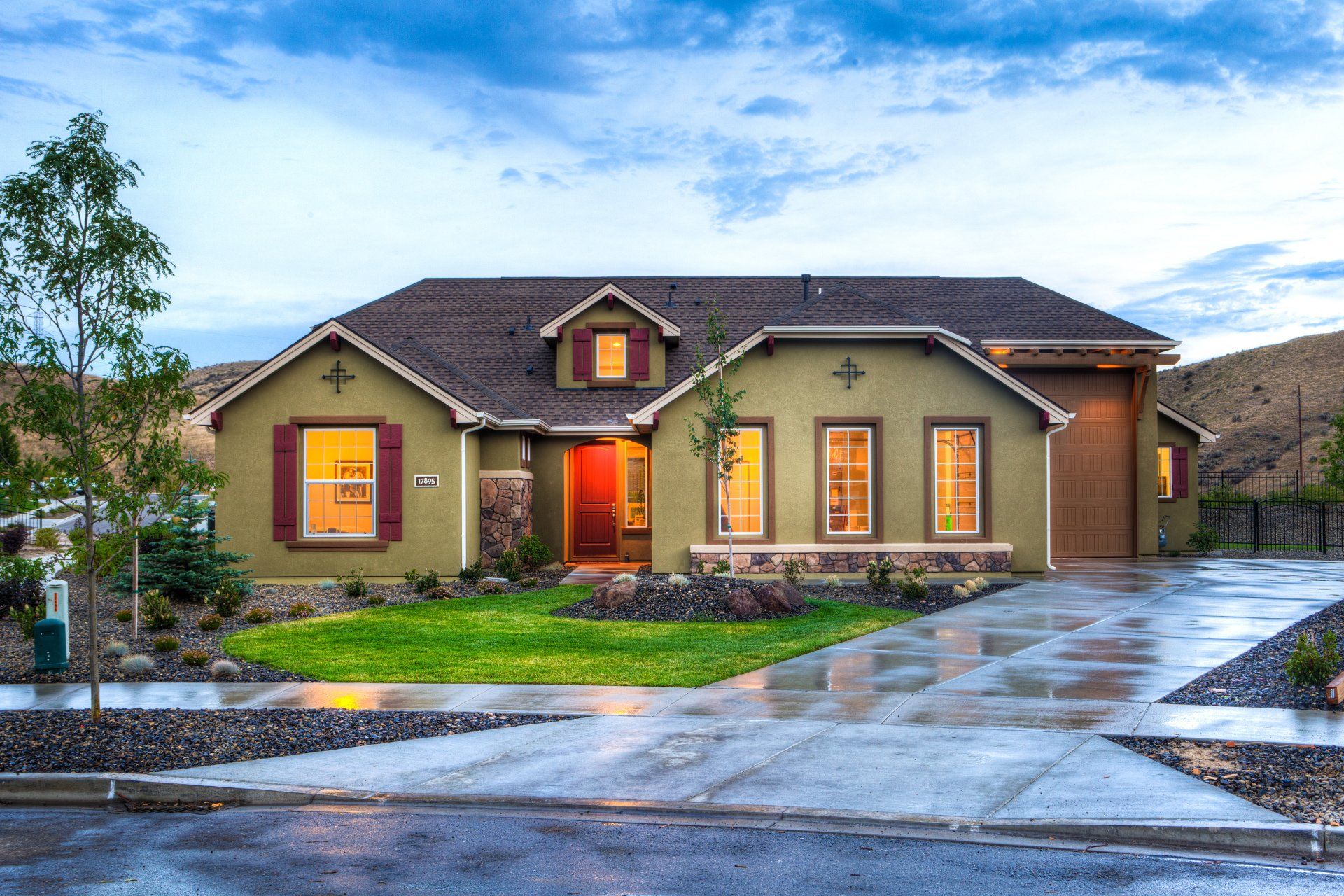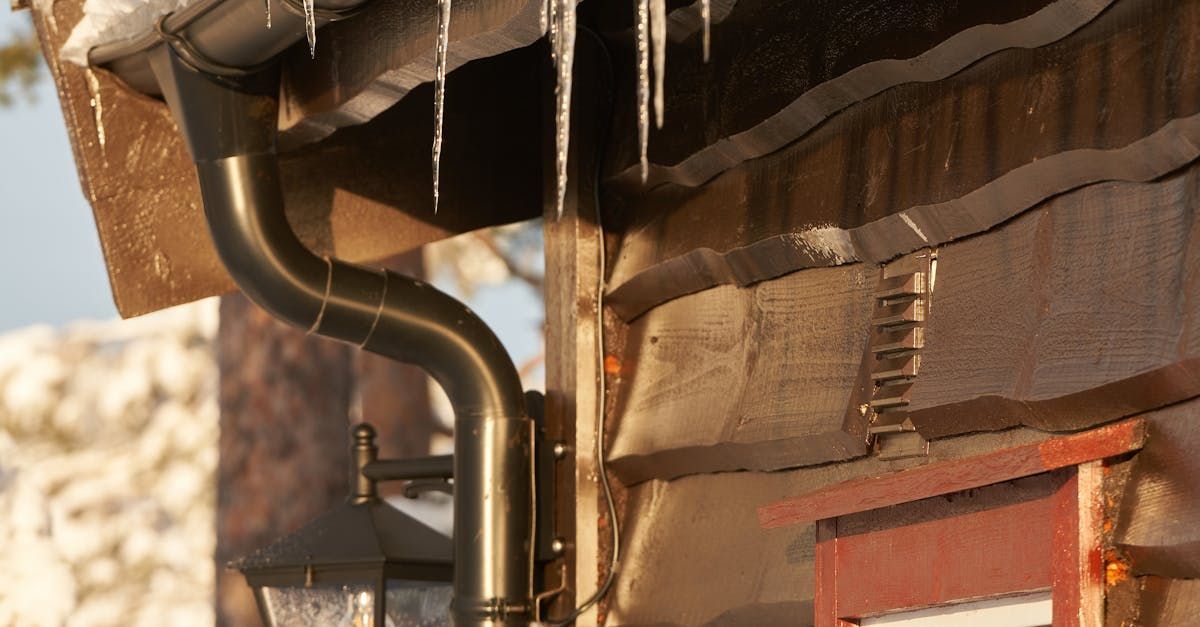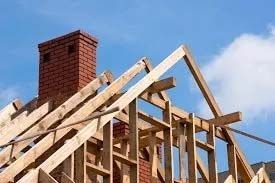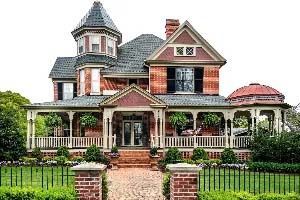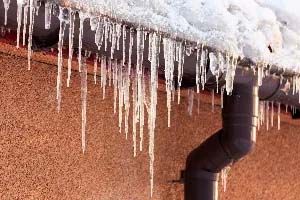Overlay or Not To Overlay: Reasons You Need a New Roof Instead
Overlay or Not To Overlay: Reasons You Need a New Roof Instead
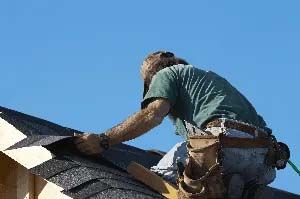
If your roofing shingles deteriorate from old age and appear curled, faded, or broken, contractors may suggest that you replace your roof completely to keep the rest of your home safe. But if you choose to add an overlay, or cover up, your existing roofing shingles to save time and money, it may be the wrong decision to make, especially if there's damage in the sheathing. Damage in this area of the rooftop can potentially cause issues in the rest of your home, including wood rot and roof edge damage.
Before you make a final decision to overlay your roof, keep the following information in mind.
Wood Rot
O'Fallon can receive up to 42 inches of rain throughout the year and 14 inches of snowfall during the cold season. These weather changes can potentially cause additional problems for your deteriorated roof, including moisture-related wood rot. Wood rot is one problem you can't spot easily, especially if it affects the sheathing material that forms your home's roof deck, or top.
Sheathing includes the planks and plywood that builders and roofers place over the trusses of your home's attic during construction. The material acts as the foundation for your roof's shingles and underlayment. If rainwater, snow, or melting ice penetrate your damaged shingles and underlayment, the water can soak into the sheathing. Unless the moisture dries up quickly, it can rot the wood.
Sheathing can also deteriorate or weaken over time. If you choose to overlay the roof and only cover up the damaged parts of your sheathing, that covering may still cause you issues in the end. The weight of the new boards and shingles may create additional stress on your home's trusses and rafters. Combined with the moisture and rot, your home's foundation could potentially collapse during times of heavy snow.
In addition, moisture problems and rot can affect your home's gutters and flashing.
Roof Edge Damage
Moisture can travel to the structures located around the edges of your roof, including the gutters and flashing. Although it's possible to locate exterior damage in these structures just by looking at them, identification can also be difficult because some of the worst damage can hide behind or beneath the structures and cause significant problems for your home.
Damaged gutters can pull away from the roof edge and attract birds, rodents, and other animals that seek shelter from the weather and predators. The structures may also have problems draining water away from the soil around your home. As a result, the water to run off the saturated soil and penetrate your basement or crawlspace. Unless you check or use your basement regularly, you might not notice the damage, such as mold growth in your home, until it's substantial.
Your home's flashing are strips or sheets of metal designed to prevent leaks in different areas, such as your chimney and attic, around and on your roof. Although flashing can break down, loosen up, or rust on its own, water from your damaged roof can also cause these issues if leaks get behind the flashing. The leaking water can spread into the walls and ceiling of your attic or seep into your home's siding. Moisture and water found in these places can lead to mold growth and rot as well.
You can avoid wood rot and roof edge damage by having a roofing contractor like Eagles Exteriors inspect and replace your deteriorated roof. The company stays open 24 hours a day, every day of the week, even on Sundays. If you have concerns or questions about roofing services or would like to learn more about replacing your roof, contact Eagles Exteriors today.

